THE PIN HOLE CAMERA
Convert your hotel room into a Pin-hole camera
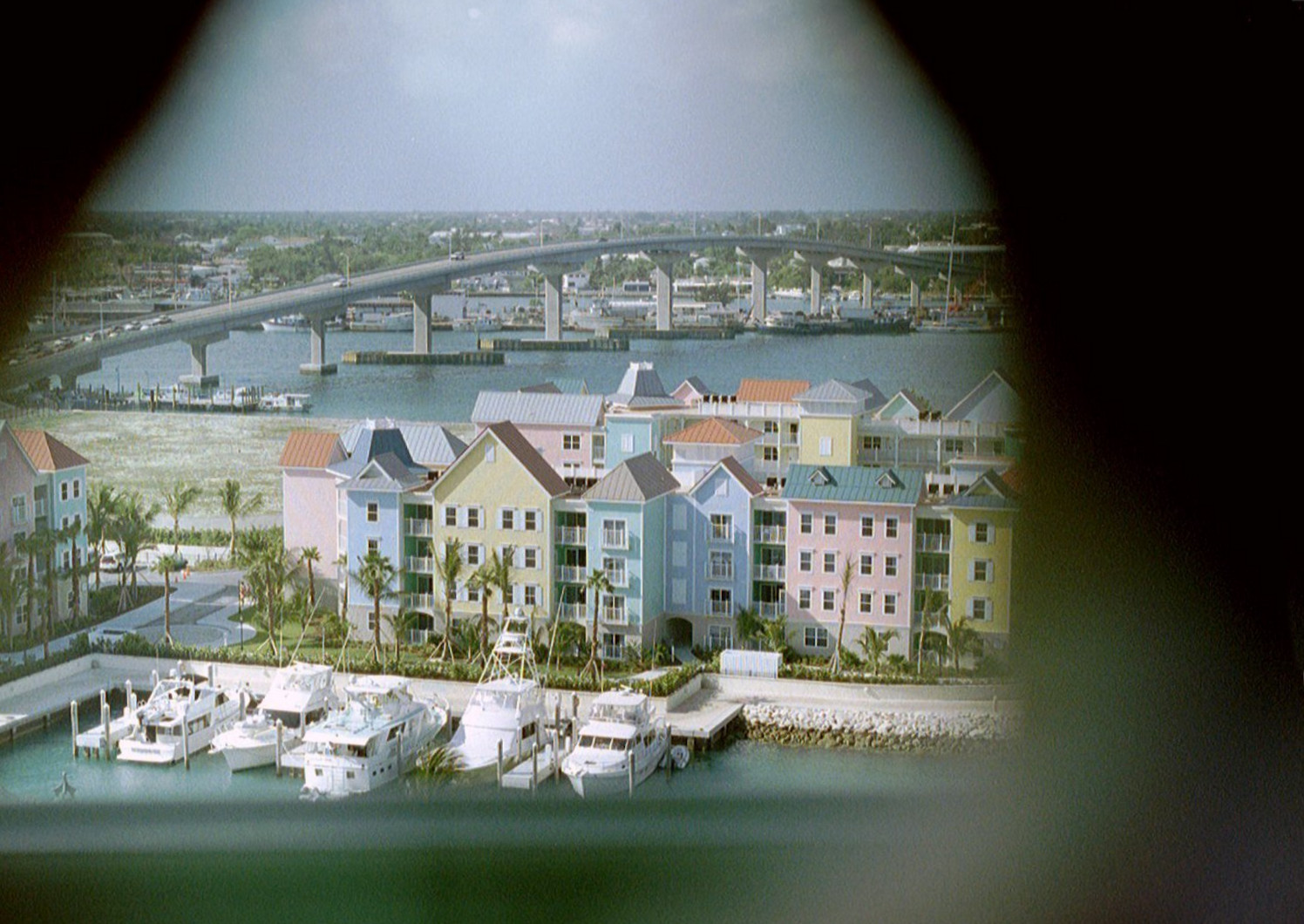

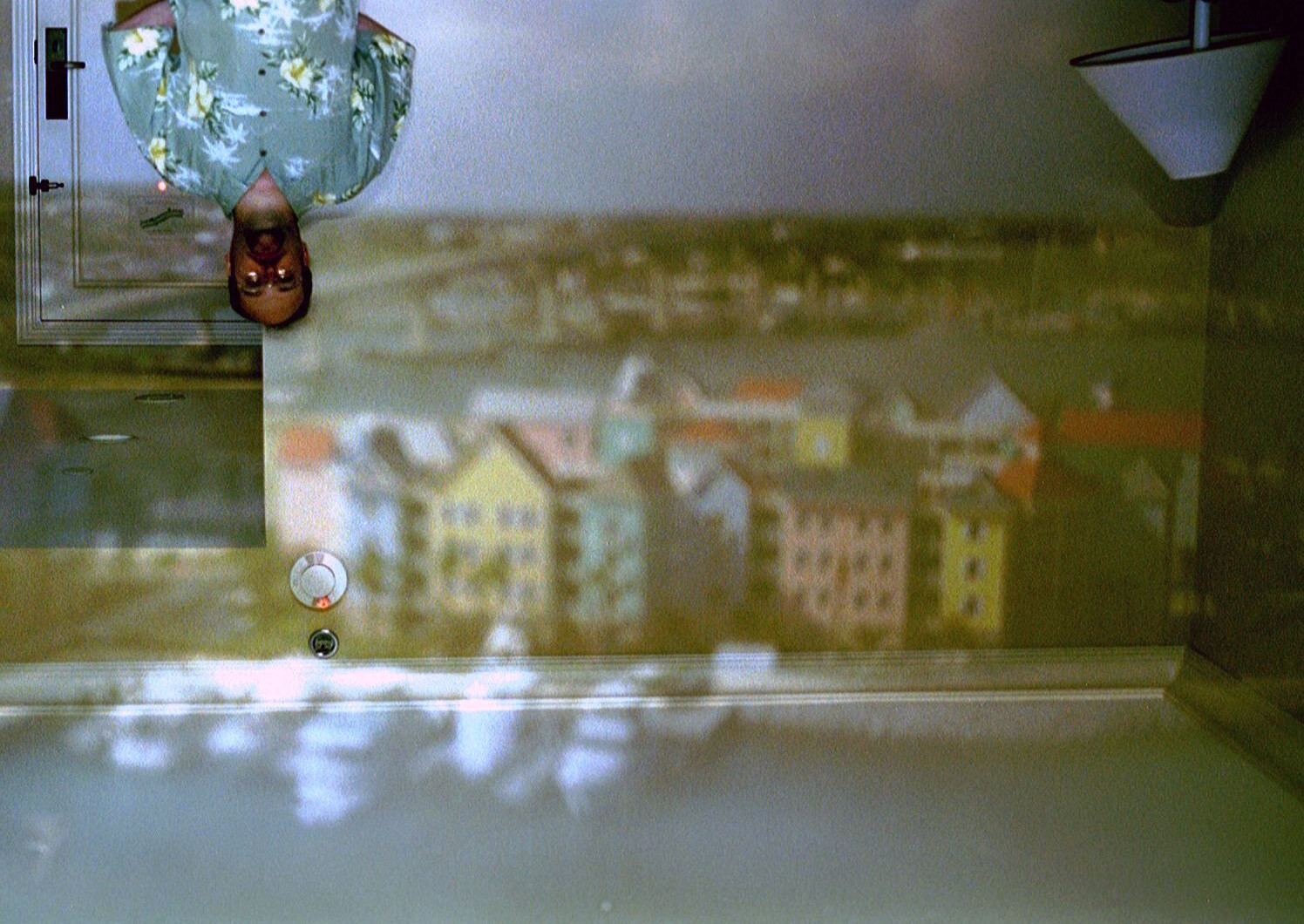

Background
Once upon a time, about years ago in 1999, I was lying awake on my bed on the umpteenth floor of the Seaport hotel in Boston listening to a storm that was lashing at the windows and preventing me from flying back home.
The curtain was open just a little, enough so that the headlamps of vehicles driving on roads in the distance made moving stripes of light on the back wall of the bedroom.
I wondered what would happen if, instead of a slit, I could make a hole in the middle of the expanse of curtain. Instead of stripes of light from the lights I thought I should see pin-pricks.
I used the type of coat hanger with alligator clips to clip the curtains together leaving a diamond shaped hole between the curtains. Sure enough, instead of stripes I saw spots of light from the headlamps moving about on the wall.
Experiment completed I fell asleep and woke up to sunshine outside and a vista of Boston city upside down on the back wall of my bedroom.
Darn, no camera to record the event.
Better luck next time.
Next Time
Some time later, I was lucky enough to find myself in the Atlantis hotel in Nassau in The Bahamas. I had my camera with me and the pictures on this page are the results.
The pictures below, left to right, are the view outside taken through the pin hole in the curtain, the picture projected on the rear wall of the room, the "pin hole" in the curtain, and a view of how the coat hanger is fastened on the curtain.
Note that the view of the wall is inverted so you can see a floor lamp and me hanging from the ceiling.

Outside view

Inside view
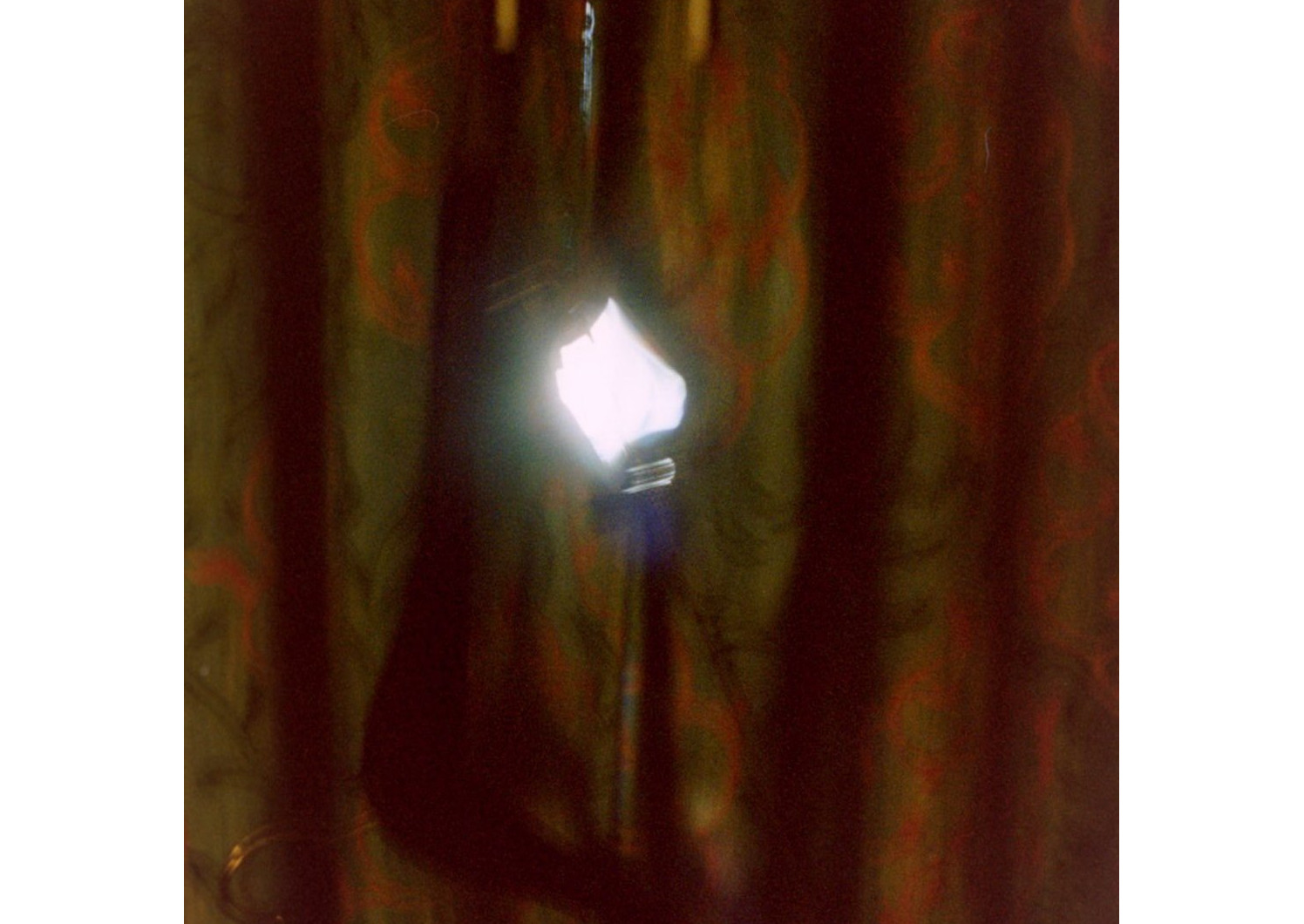
The Hole
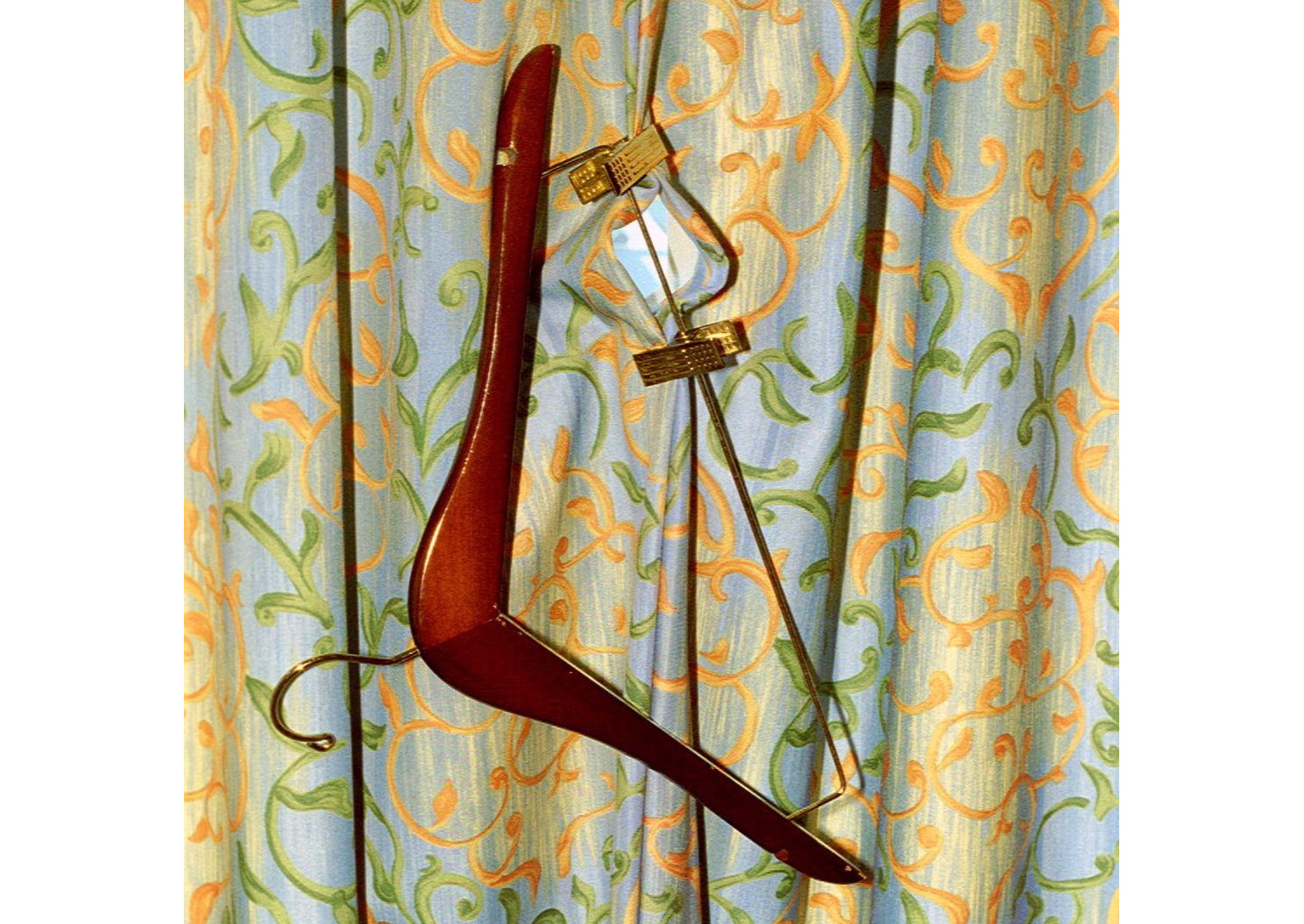
The Hole With Hanger




Camera
The pin-hole pictures were taken with an Olympus OM2n camera on standard 35mm colour film. The exposure was timed automatically with the camera’s Off-The-Film, OTF, metering. In practice about 30 to 50 seconds exposure.
Curtain Clip
As described above the diamond shaped hole was made using a coat hanger with alligator clips. The picture showing the curtain was taken with flash, the other picture shows the hole from the darkened room.
Camera Resolution
The smaller the hole of the pin-hole camera the higher the resolution and finer the detail but the lower the light level.
I used a hole of about 2 inches (5cm) square meaning that, for distant objects, the resulting image on the wall has effectively got “pixels” of about 2 inches in size. If the room is 5 metres wide and 2.5 metres tall that would be about 1000 × 500 pixels.
Colour Correction
The negatives resulting from the long exposure gave a greenish colour to the prints. I have corrected this in the pictures above by adjusting the colours in the photos to match the colours of the objects photographed directly through the window.
For comparison, the picture below is uncorrected.
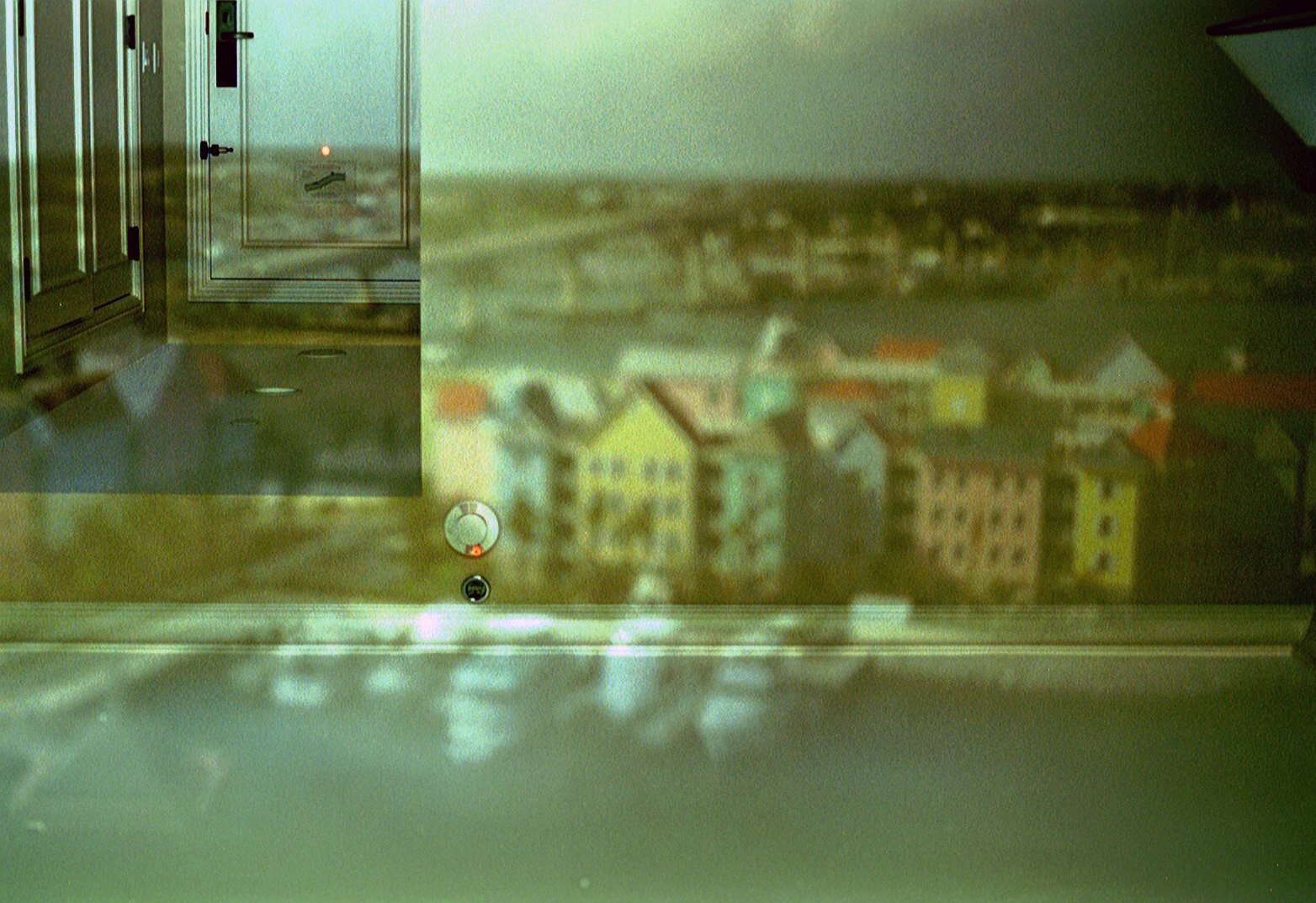
Neat heh?
What is a pin-hole camera?
You can make a pin-hole camera using a shoe box, or a tin can, or anything that is dark inside, and that can have a small hole in one end and a screen at the other.

As in the picture above, make a small hole in one end of the camera (shoe box, tin can) to let the light in, and make a larger hole in the other end and cover it with a translucent material for the screen. Grease proof paper or wax paper should be suitable.
Point the camera at a bright subject and shade the screen so that you can see the image. You should see the image inverted on the screen.
The inversion occurs because the light from the top of the subject goes through the hole to the bottom of the screen and light from the bottom of the subject goes through the hole to the upper part of the screen.
So, now that you know how to make a hotel room sized pinhole camera when are you going to try it out? I'd love to see your results. Email me at comments@chisholm.nl.